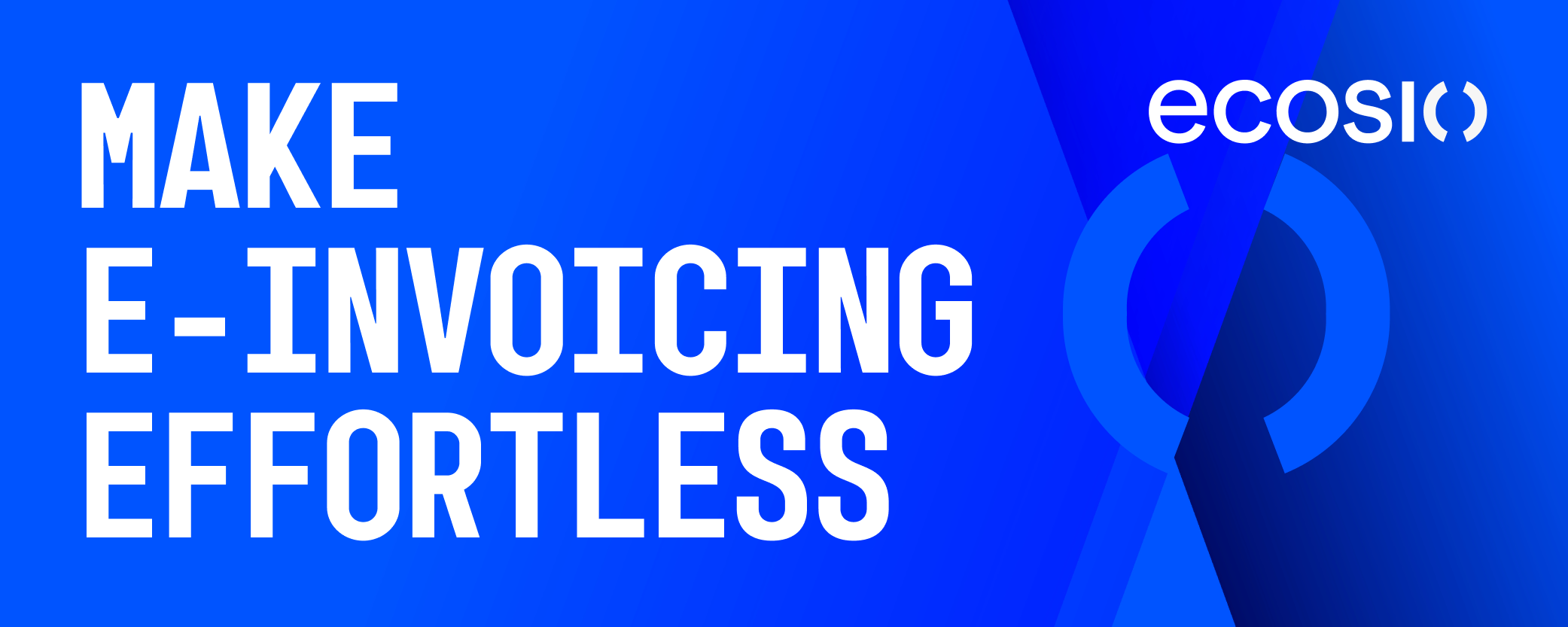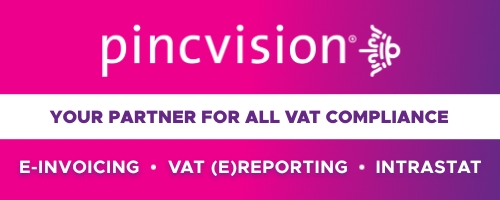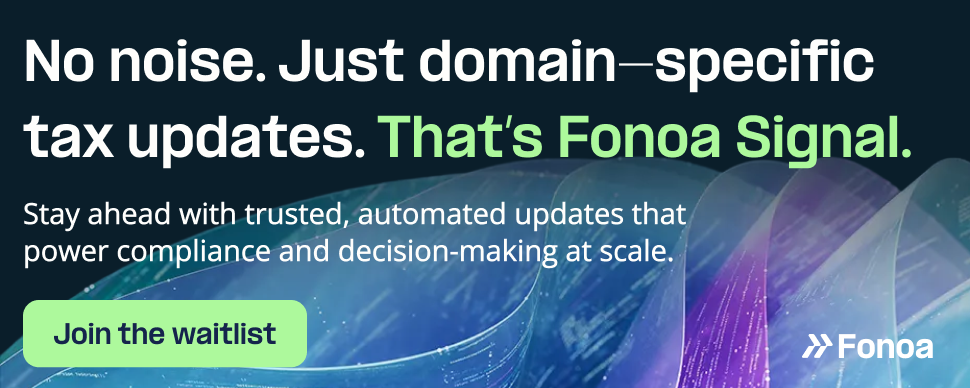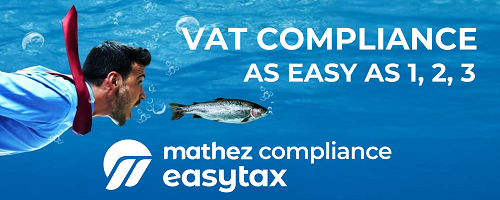In a typical business, the supplier supplies goods and collects VAT on behalf of the customers, which is later paid to the government. Under reverse charge mechanism, the buyer or end customer pays the tax directly to the government.
The supplier does not have to pay VAT on import items, so the obligation of reporting a VAT transaction is shifted from the seller to the recipient. The recipient will have to record the VAT on purchases (input VAT) and the VAT on sales (output VAT) in their VAT return each quarter.
Source: xpertsleague.com
Latest Posts in "United Arab Emirates"
- UAE Cabinet Decision No. 106 of 2025: Penalties for E-Invoicing Non-Compliance
- Dubai Customs and Binance Partner to Advance Blockchain-Powered Customs and Digital Payment Solutions
- UAE Ministry of Finance Announces VAT Law Amendments Effective January 2026 to Enhance Compliance
- UAE Cabinet Sets Penalties for Electronic Invoicing System Violations Under Decision No. 106 of 2025
- UAE E-Invoicing: What It Means, Deadlines, and a Practical Roadmap for Finance Teams














